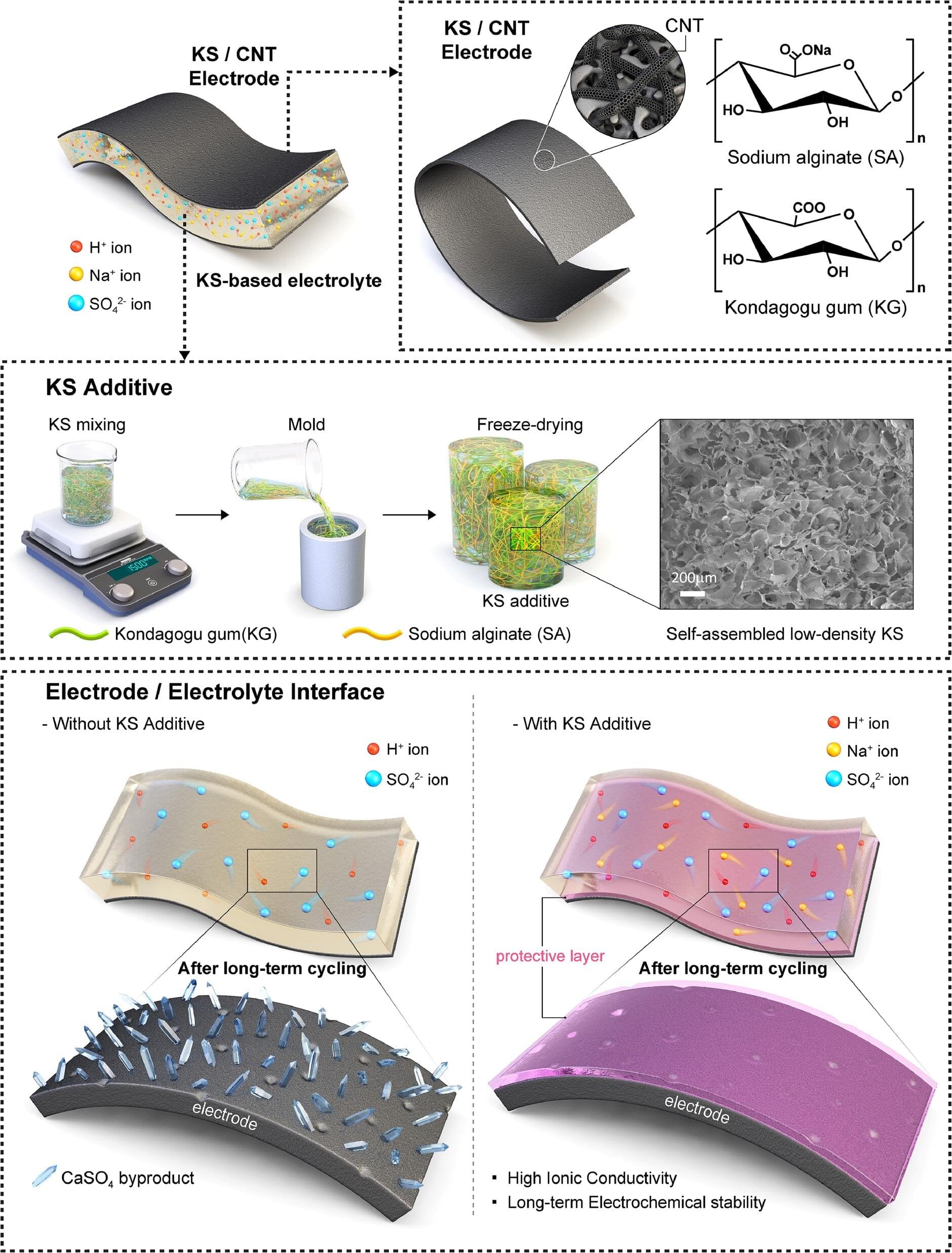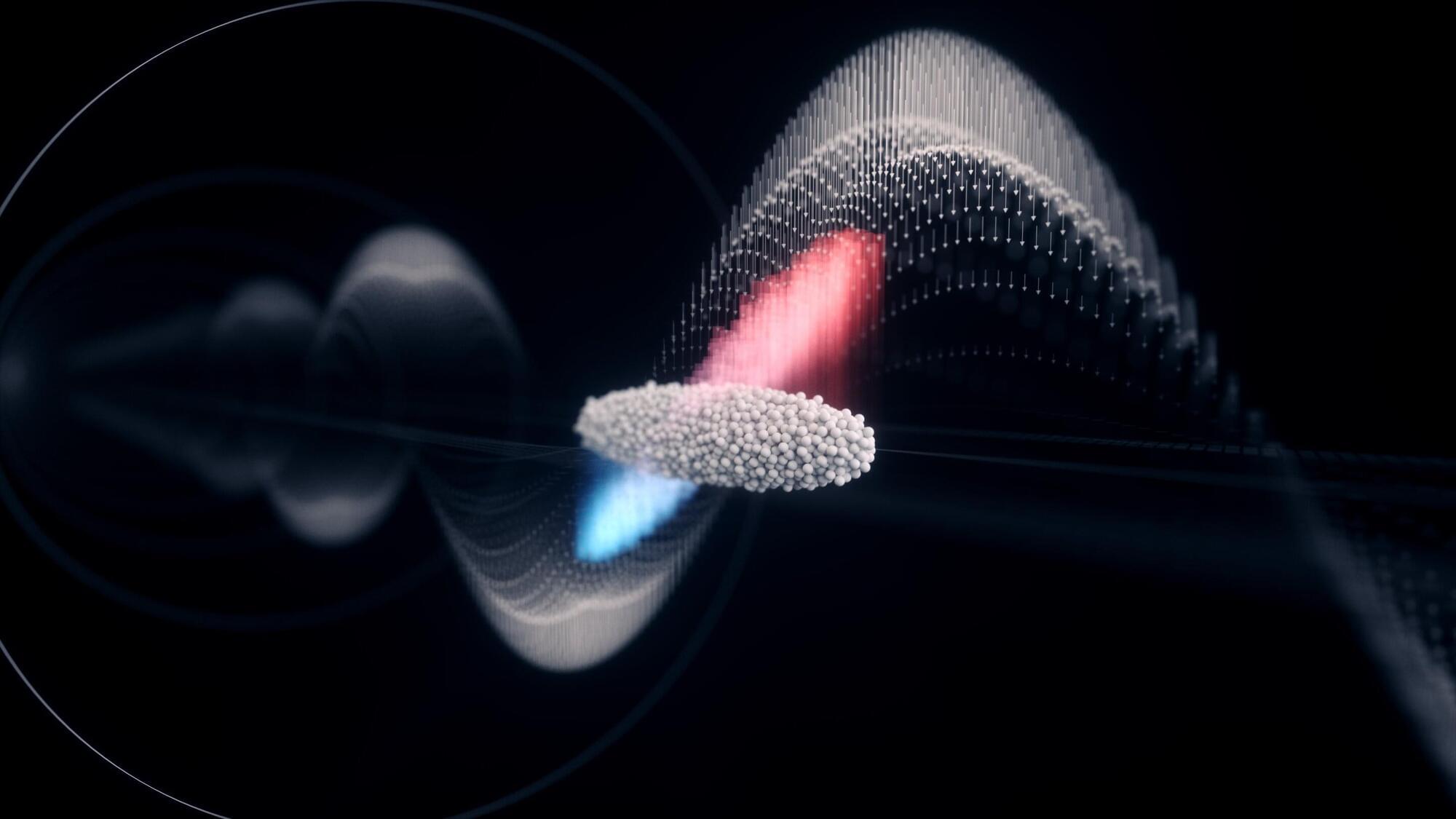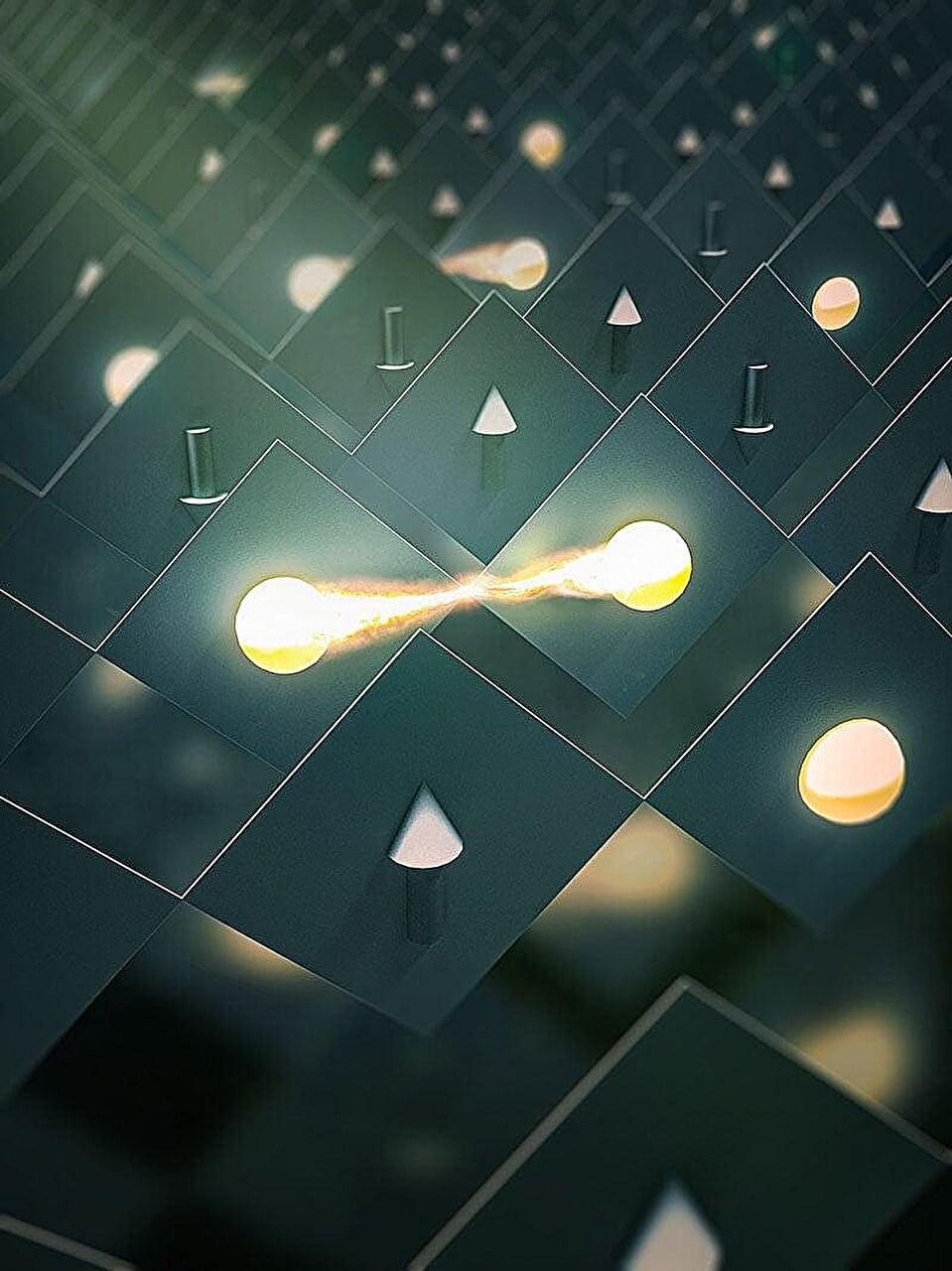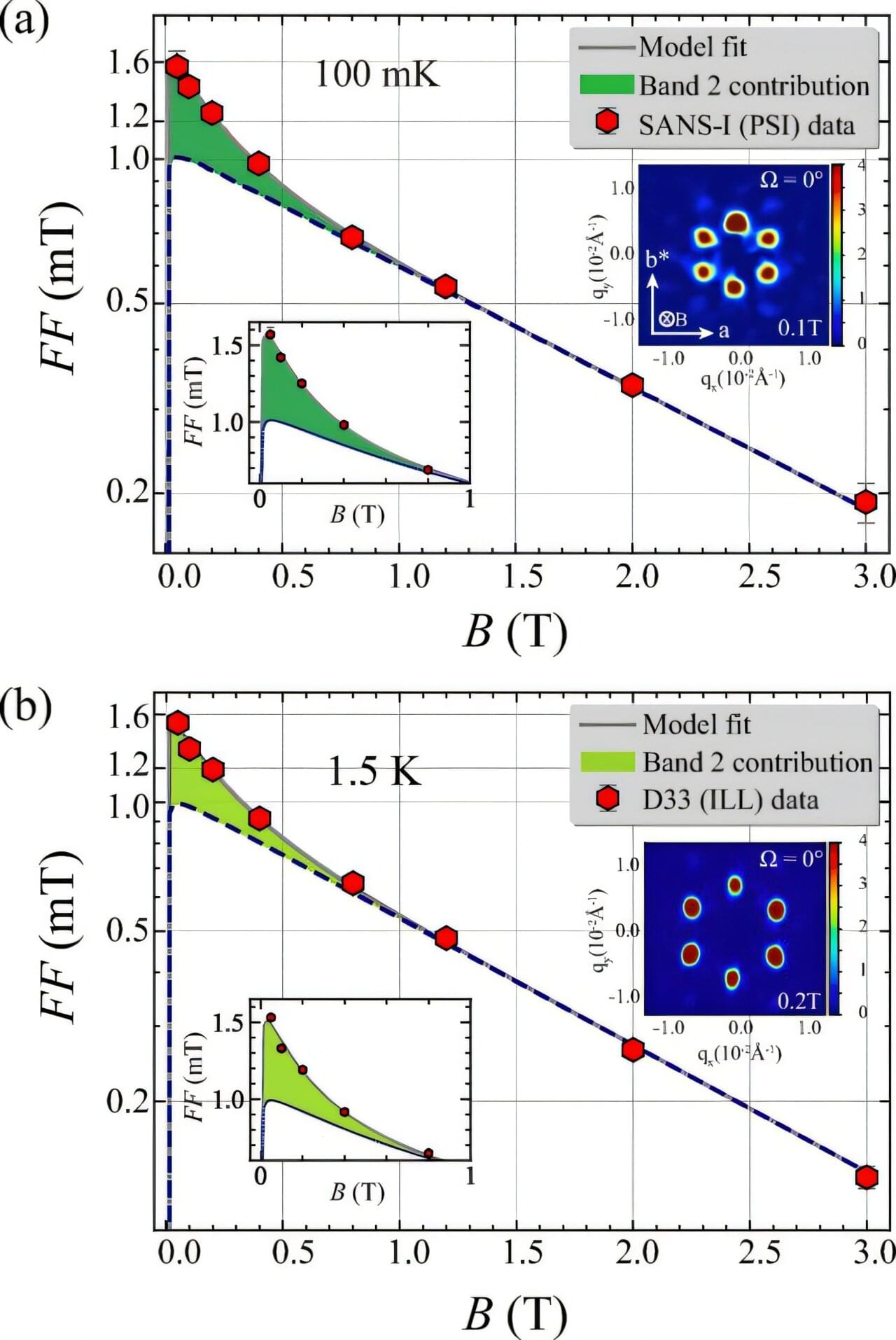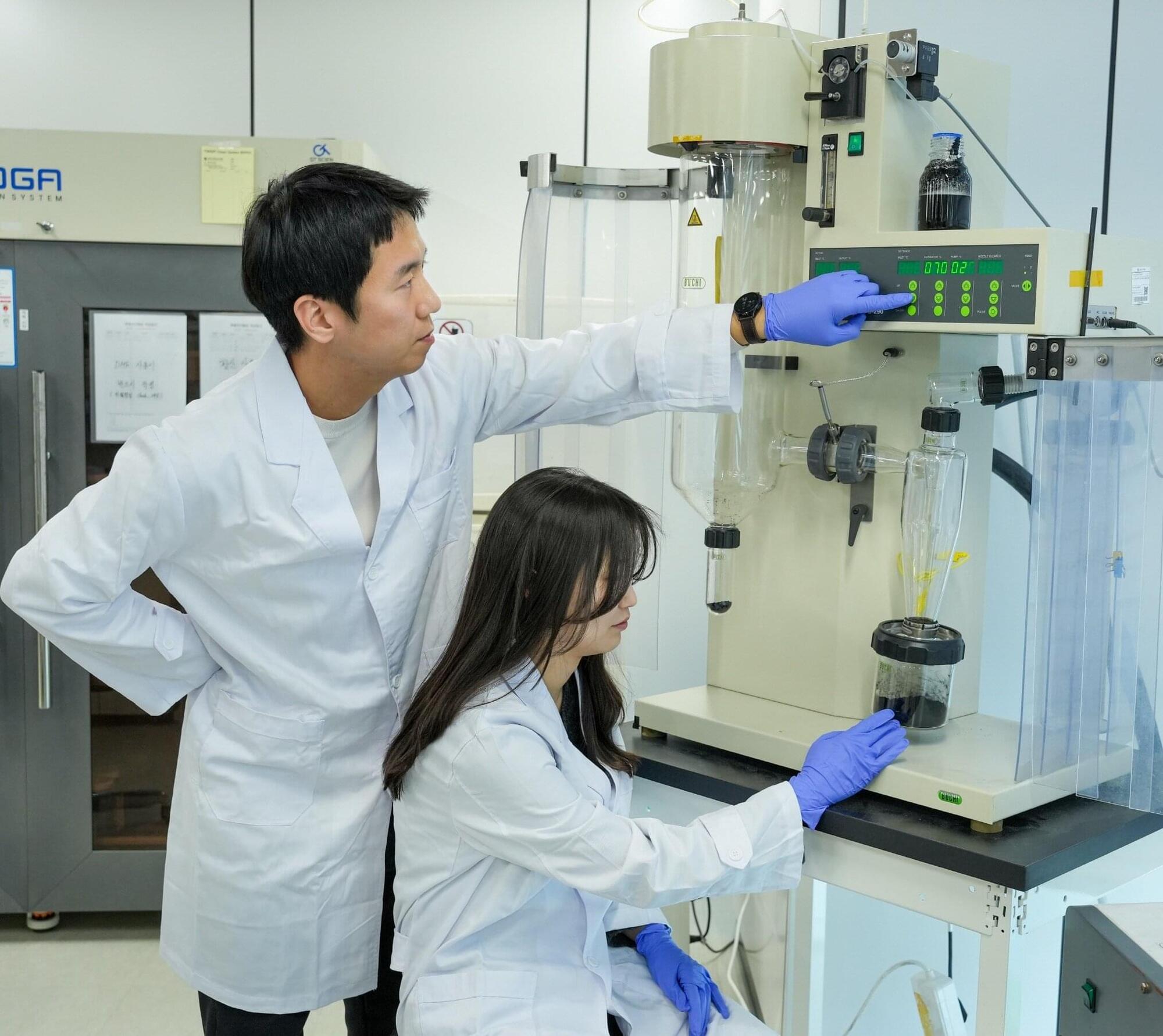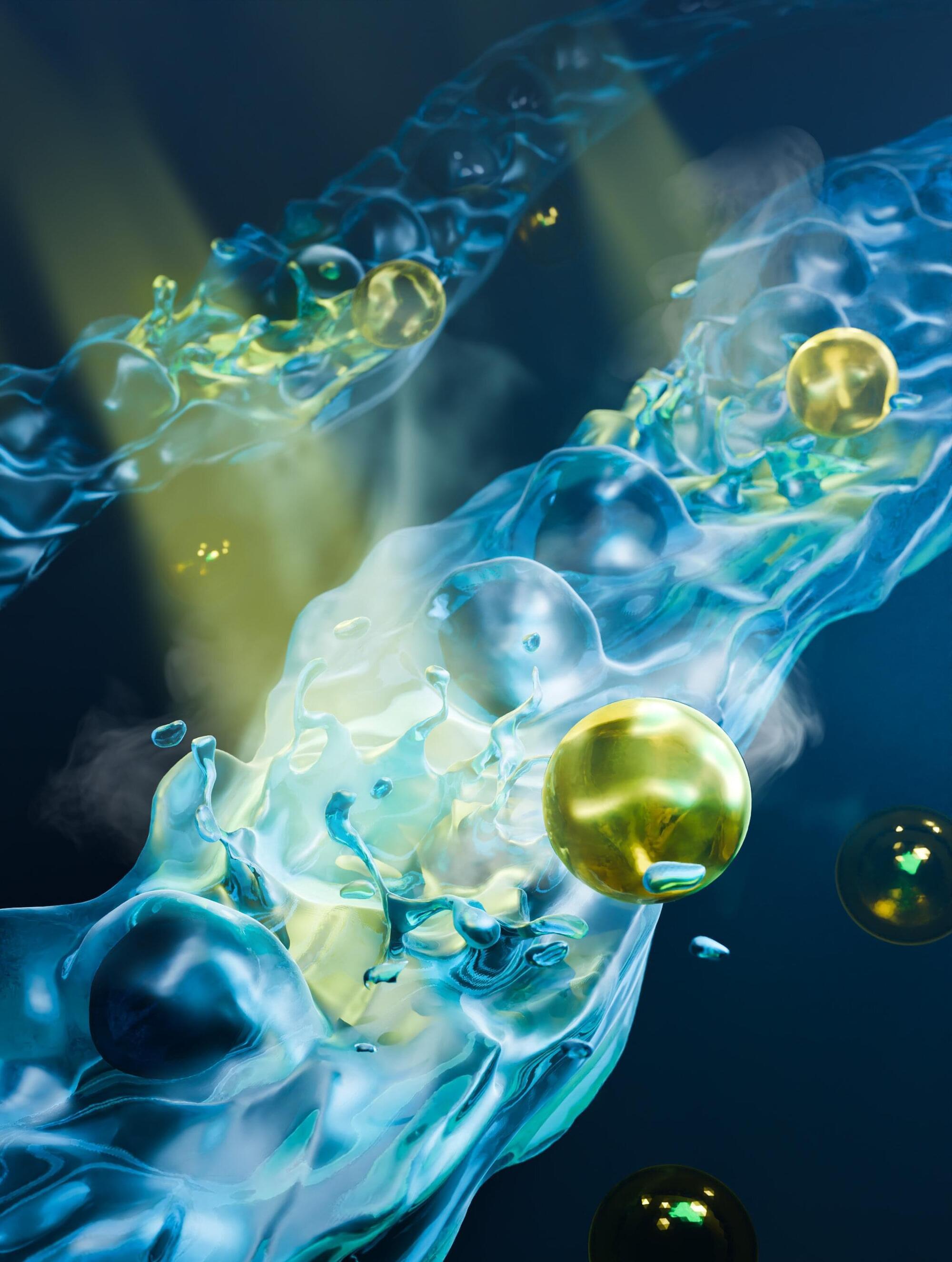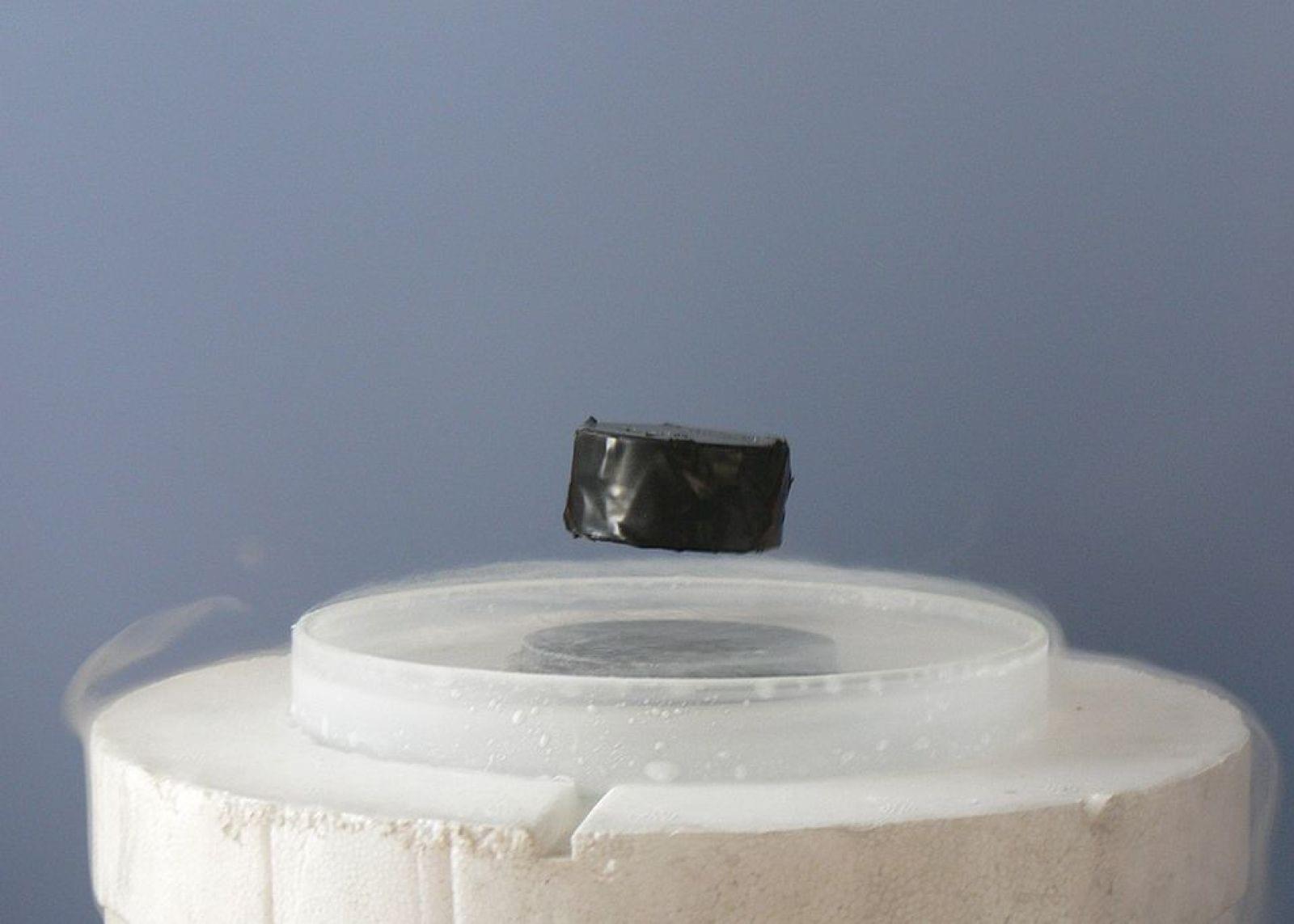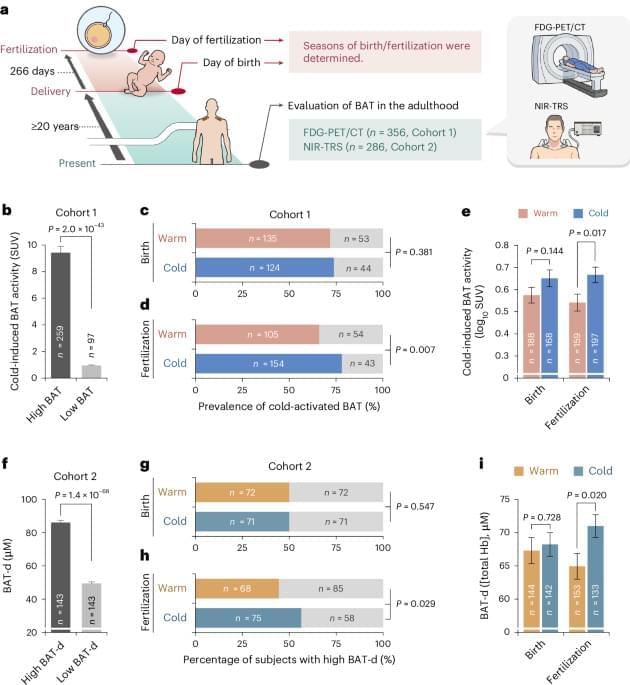A waste gum produced by trees found in India could be the key to unlocking a new generation of better-performing, more eco-friendly supercapacitors, researchers say.
Scientists from universities in Scotland, South Korea and India are behind the development, which harnesses the unique properties of the otherwise useless tree gum to prevent supercapacitors from degrading over tens of thousands of charging cycles.
The team’s finding could help reduce the environmental impact of supercapacitors, an energy storage technology which carry less overall power than conventional batteries but charge and discharge much more quickly.
